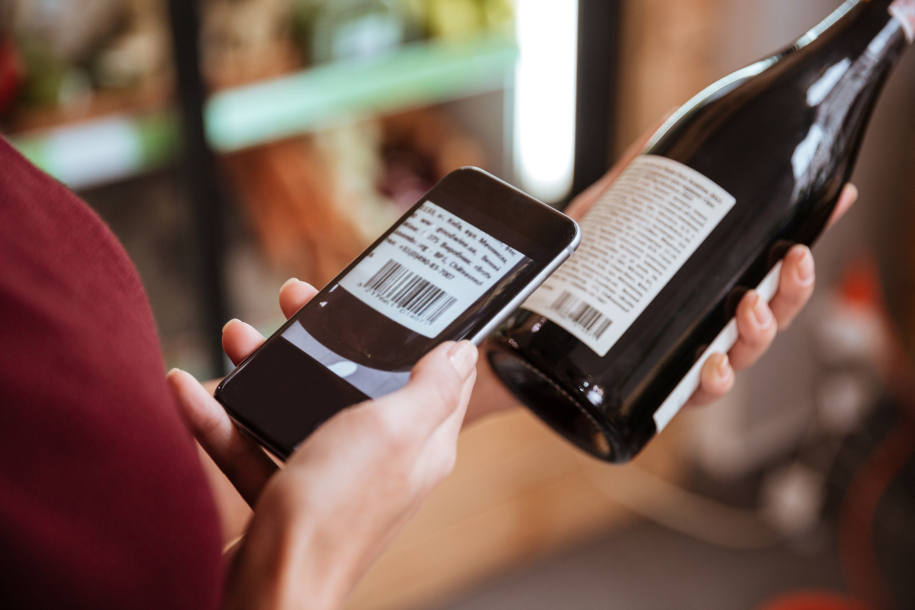What do BYOB and BYOD have in common?
A lot. Both make people happy.
People love their wines, and they are usually pleased not to have to pick at random from an overpriced wine list. People also love their phones, and they would resent having to carry a second device for their work activities.
Both BYOB and BYOD come at a cost to the business: Lost revenue for the restaurant, and the cost of configuring a new fleet of disparate devices for the corporation.
Furthermore, both alcoholic beverages and mobile devices are habit-forming. They can change the way you do things. They become a part of who you are. They can cloud your judgment, and in the case of mobile devices this can put your data and business at risk.
Unprotected devices can be lost. Unauthorized users can peek in. You are at the mercy of mobile phishing and man-in-the-middle attacks. Data can be siphoned by apps. Files can be copied or deleted from shared drives. Malware can find its way into your network. But these risks can be mitigated and there are advantages to letting people use their own devices. (More on this here.)
The BYOD workplace helps usher in an IT world without local network, cables, firewall, Windows®, Active Directory, PBX, and borders between organizations.
Much of this already exists outside of the firewall perimeter with mobile technology, SaaS we-based apps, VoIP, VPN, and network virtualization. 5G accelerate this. Zero Trust makes it safe. With natural attrition and the development of new generations of LOB applications designed for the Web and cloud, the BYOD workplace is replacing the old.
You can and should use technical means to seal the border between work and personal activities on BYOD equipment but you cannot prevent entrepreneurial employees or managers from selecting and using “personal” apps to organize their work.
Your best bet is to anticipate and ride this wave of change to radically simplify your IT infrastructure and actively support your staff’s quest for higher efficiency.
Embrace and control. Select your MDM wisely. Use Zero Trust. Ad-hoc security can be maintained.

